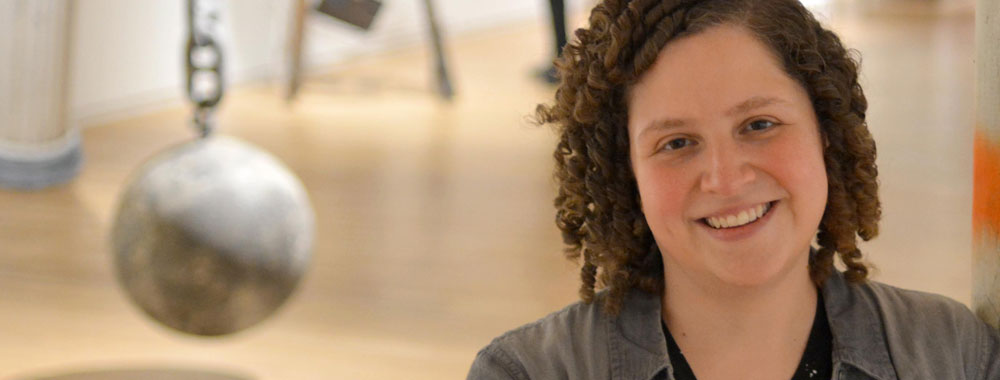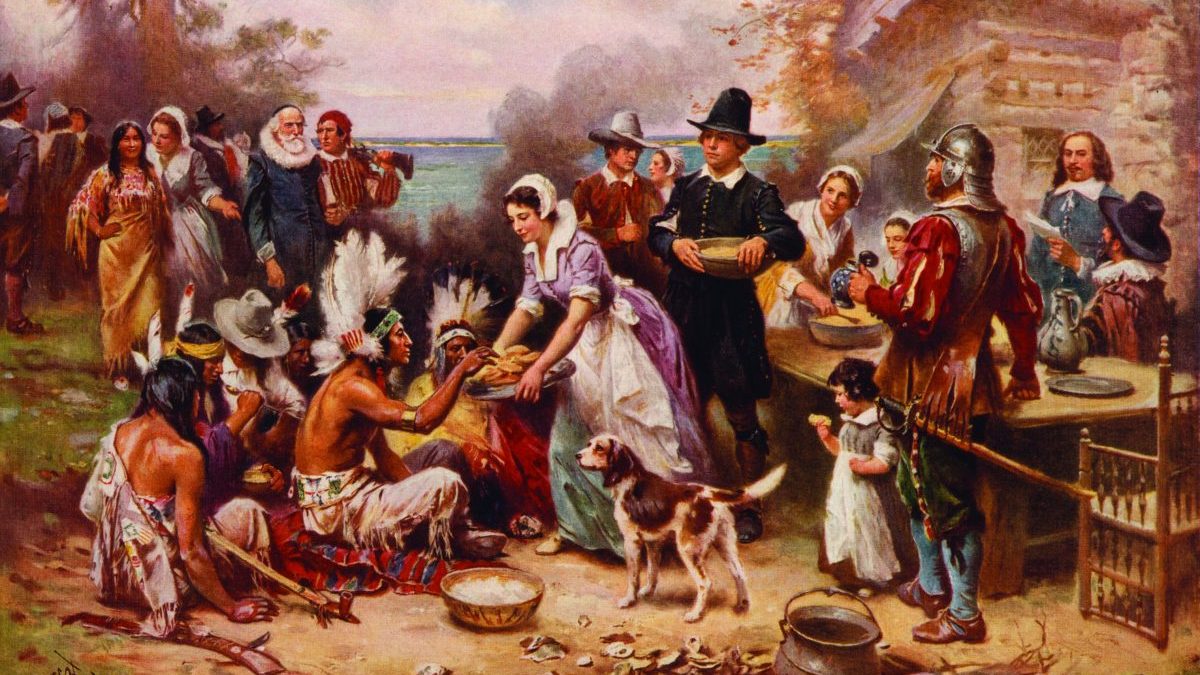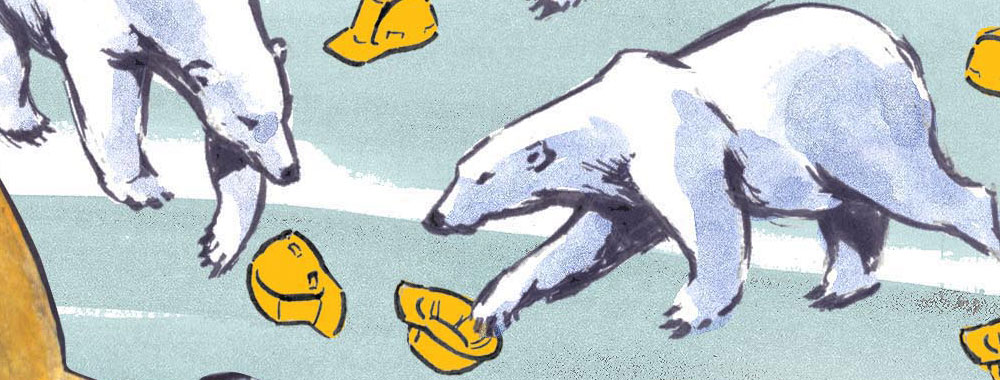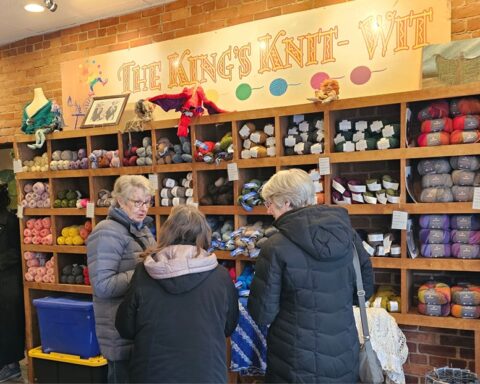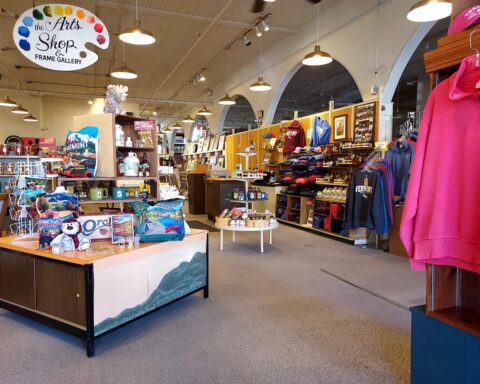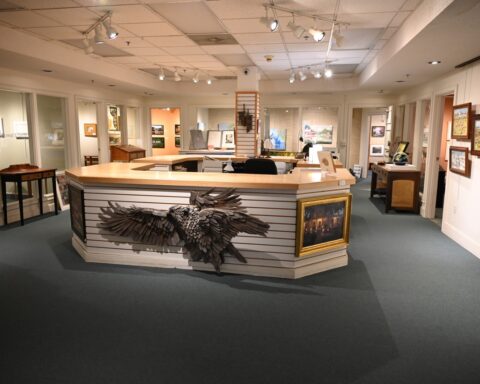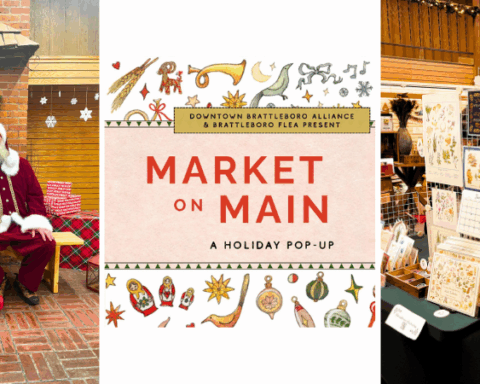Massachusetts Museum of Art curator Denise Markonish does things her way.
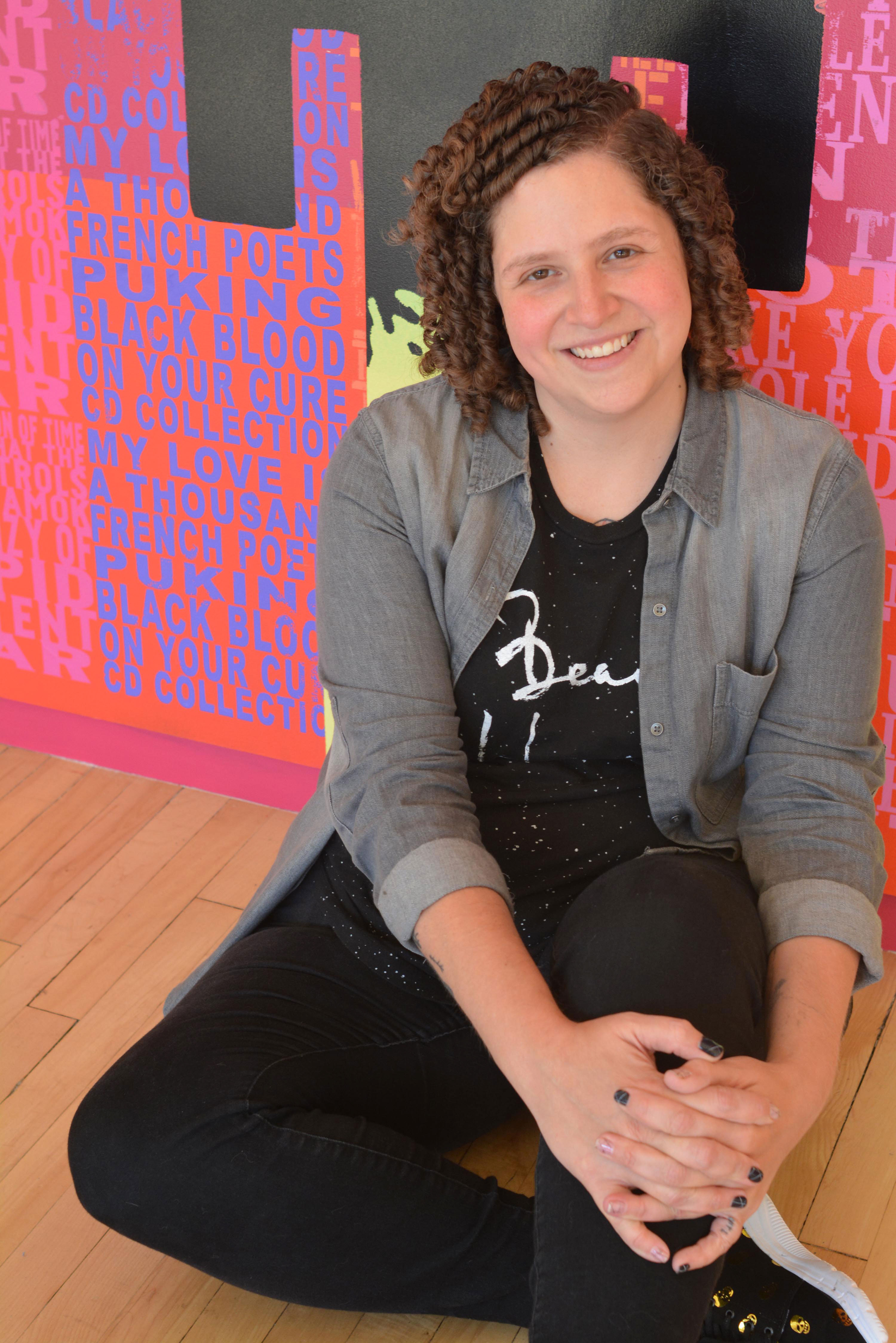
By John Seven
NORTH ADAMS
Massachusetts Museum of Art curator Denise Markonish is pretty sure her job title doesn’t accurately describe the job she does. You can scrap “curator” — she prefers “producer.”
“When you’re working with contemporary artists to make new works, the scholarship and all that is important, but I’m trying to get the thing made,” Markonish says. “I always think of curator as a step back, whereas producer is a step forward in terms of action.”
Markonish has made a name for herself at Mass MoCA with exhibitions like the acclaimed “Until,” a recent show by Nick Cave, and the group show, “Oh Canada,” featuring more than 60 artists. Her shows are often spectacles, typically with a wicked sense of humor, the result of what she describes as her “artist-first” collaborative way of working.
“I like to have this very broad proposition that I then send to artists because then the shows develop out of my conversations with them,” she said. “I want the artists to have agency in what the show is and not just me, being a curator, and using their work to illustrate my idea. So I like starting with that big topic and think that’s why my shows are sprawling and raucous because they come from that kind of chattering.”
The role of curator, to Markonish, means doing whatever she has to do to get the show done. This often involves gathering unusual materials Nick Cave’s “Until” had her pricing tons of beads and gathering obscure gewgaws — showy trinkets and toys for the artist.
Then there was that time she took the snowmobile journey in the Canadian wilds to reach an artist’s studio that was otherwise inaccessible, not to mention a 15-hour road trip to the Arctic Circle. There are gentler moments, too.
“There’s a picture of me and Anya Gallaccio walking on the beach,” Markonish said.
“That’s being a curator. She needed to go for a walk, so we went for a walk and talked, and that forwarded the project. That’s the invisible stuff. You can take a picture of me in there disassembling crystals for Nick Cave because I do that too.”
It was on a high school field trip to the Fuller Craft Museum in her hometown of Brockton, Mass., that Markonish first realized what she wanted to do with her life. She knew she wanted to work in the arts, but wasn’t sure how. She enjoyed making art and especially liked photography, but it was an encounter with a curator on that trip that focused her.
“I remember listening to them and thinking, ‘That’s a job? I want that job!’” she said. “I knew as much as I liked making art, I didn’t have that compulsive drive to do it forever. But I knew I wanted to be in that world. Hearing this thing of curators working with artists, that they put exhibitions together, that definitely goes towards by Type A-ness, and yet, working with artists keeps it surprising and loose and all of that.”

“[MASS MoCA Director] Joe Thompson called me a natural contrarian, and I think that’s really true. I’m always trying to find different kinds of inroads.”
— Massachusetts Museum of Art curator Denise Markonish
Markonish seemed to understand instinctively how to get what she wanted. Her first day at Brandeis, she dropped off her belongings in her dorm room and zoomed across the street to the Rose Art Museum to demand work there.
“They said, ‘Well, we don’t have any work-study positions for museum guards,’” she said.”I said, ‘I don’t want to be a museum guard. I want to work at the museum.’ I don’t know whether they pitied me or admired my tenacity at 18, but they said OK, you can intern with us.’”
She spent four years interning there, rotating her duties, learning every aspect of museum work. One semester, she tried to intern at a commercial gallery, but that only lasted a month. She then interned at the Fuller Craft Museum, where she first discovered that curating was a job.
After graduate school, when all her contemporaries were heading for New York or Los Angeles, Markonish headed back to Brockton. The curator she had interned for at the Fuller Craft Museum had been named its director, and she offered Markonish the curator job there.
“I was the only one who was a curator right out of grad school, rather than spending years getting people coffee because I didn’t choose the expected path,” says Markonish. “Normally, you work your way up the ranks.”
That unexpected path lead to her spending several years as the curator at ArtSpace in New Haven, Conn., before coming to Mass MoCA.
Markonish first visited the museum in 2000.

“I came here, and I was blown away,” she said. “There was nothing like this that I had ever experienced. I remember saying, ‘I want to work there one day.’”
That “one day” became real in 2007. It’s allowed Markonish to create the shows that she wants to at an age most people in her field are still assistants. It’s even lead to some unusual opportunities for her, such as overseeing the artist-in-residence program at the SETI Institute, which links artists with another of her big passions: science.
“When artists get to work with scientists — meet with them, talk to them, and realize their commonality — it’s changing for both sides,” she said. “This is a mutual learning. The scientist has been doing research on this one thing for so long, and then the artist comes in, and maybe they see it a different way. It really is the fact that they can sit at this same table together and make advances in both art and science together that is, to me, the paramount importance of that program. And it’s really cool too.”
Markonish says she never follows the art world and doesn’t care how the art world responds to her shows. She does things her way, as she always has. The result is a celebration of the relationships between Markonish and the artists she works with.
“Joe Thompson called me a natural contrarian, and I think that’s really true. I’m always trying to find different kinds of inroads.”
John Seven is a writer living in North Adams, and author of many children’s books including “A Rule Is To Break: A Child’s Guide To Anarchy.”
